How to get an orchid to rebloom in 6 easy steps
Here’s how to get an orchid to rebloom for endless flowers
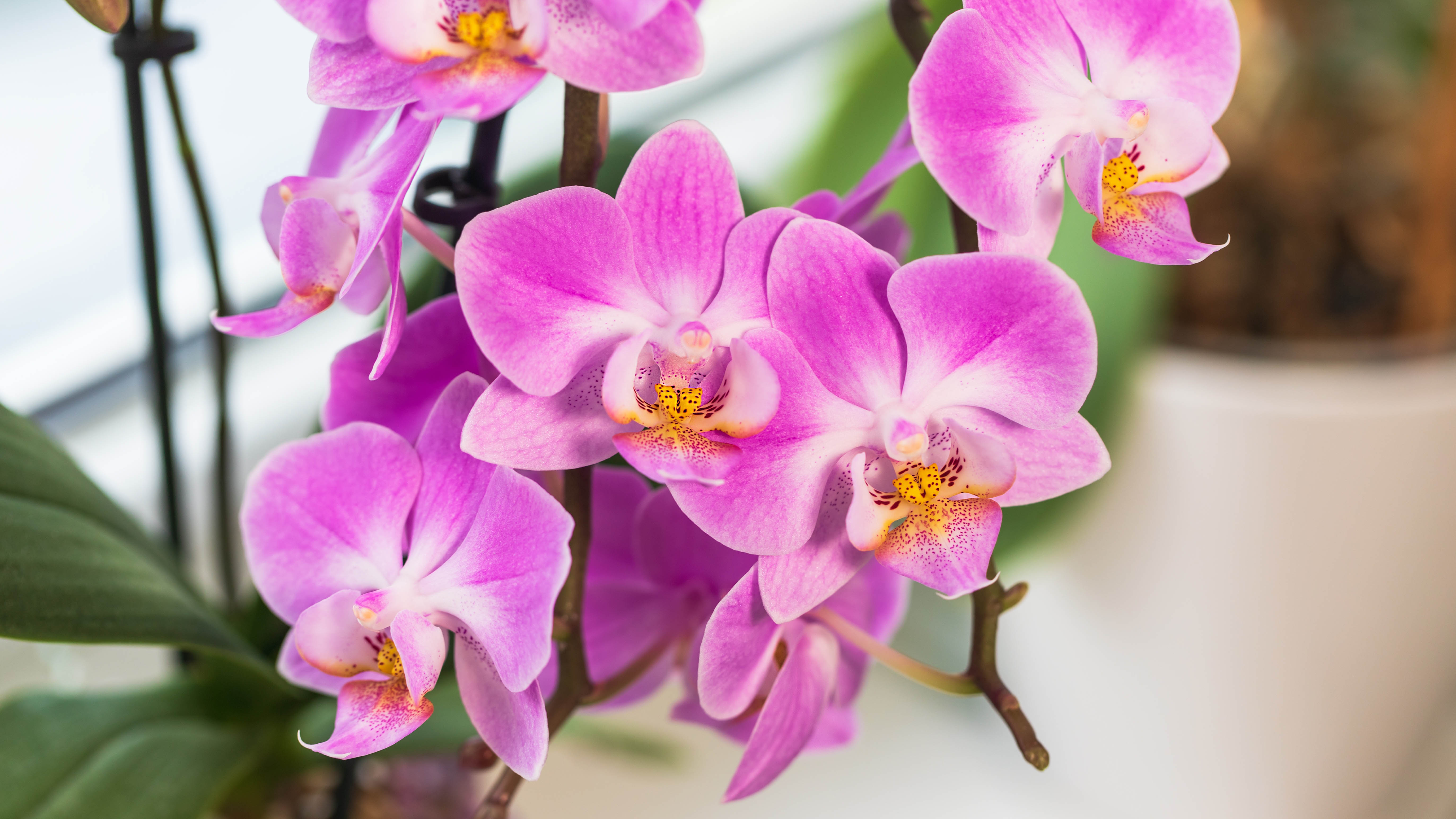
Knowing how to get an orchid to rebloom will give your plant a chance to create a stunning display year-on-year. While orchids are one of the most popular gifts for those with green fingers and are an alternative to gifting roses on Valentine's Day, many recipients will unfortunately give up the ghost once the flowers die back and assume that's the plant finished. But this is most definitely not the case.
Not only can orchids bloom again, they can actually bloom repeatedly throughout the year and continue growing in the process. Raising orchids couldn’t be easier either — just check out our guide on how to care for an orchid. So there’s no excuse not to give your orchid some TLC; do so, and you will see it bloom again soon enough. Here’s how to get an orchid to rebloom.
Just watch out for these 7 mistakes to avoid when growing orchids.
How to get an orchid to rebloom
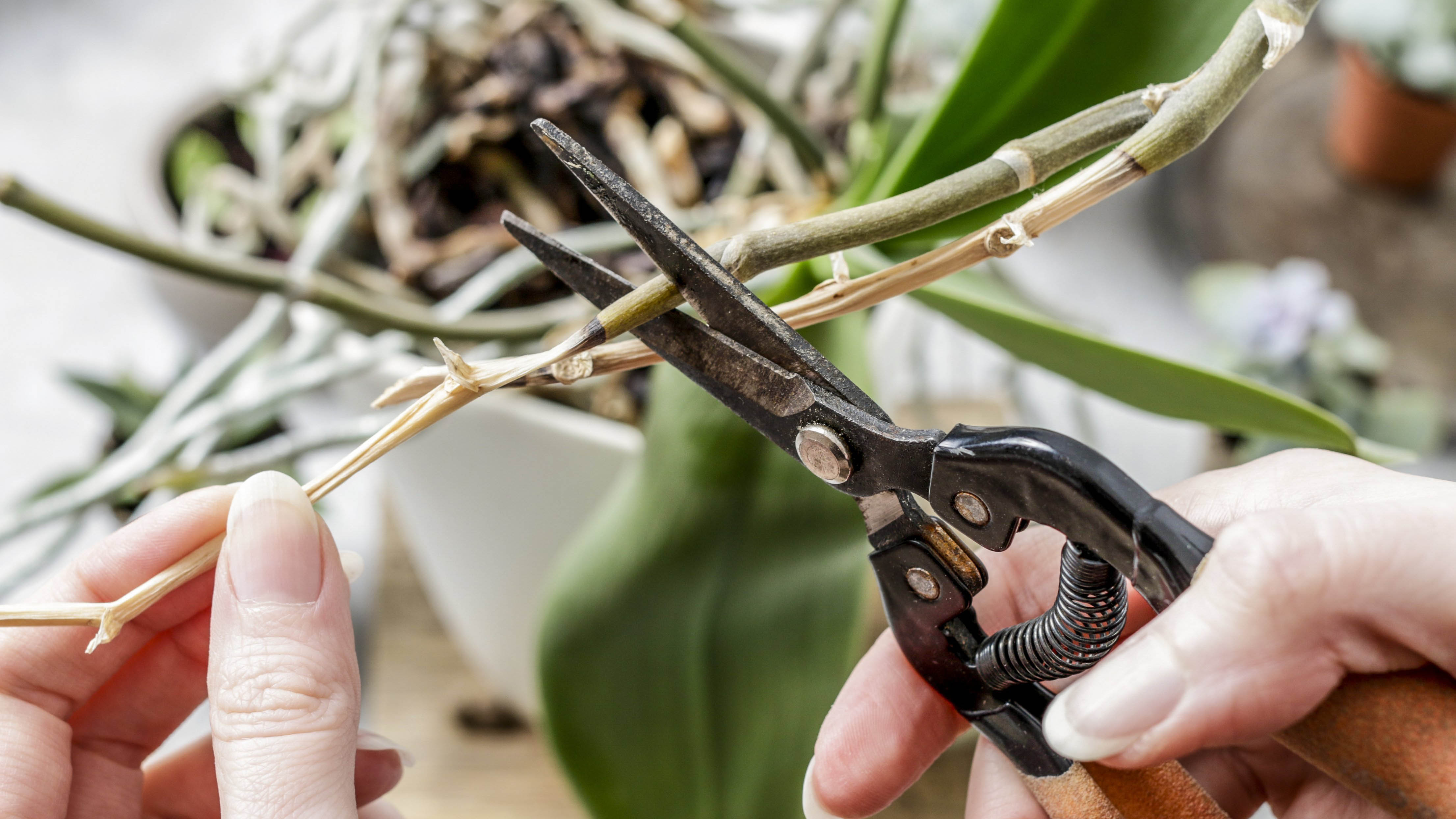
1. Cut away the old stem — First of all, once the final flower has fallen, you’re going to want to cut back the stem, even though it might look green and healthy. Most orchids will not flower more than once on the same stem, with the exception of the moth orchid or the Phalaenopsis, so there’s no point in leaving a bare stem on display.
Using a pair of sterilized scissors, or the best pruning shears, cut just above the first node on the stalk. Cut at a 45 degree angle to create the optimum surface area — this allows for better water absorption and helps water run off the cut as well if you face it downwards. Remove the stem and dispose, but keep the stake and clips for your next bloom. Feel free to remove any rotting leaves or roots while you’re here as well — this will improve the air circulation. Remember to sanitize your pruners again before storing to prevent potential disease from spreading.
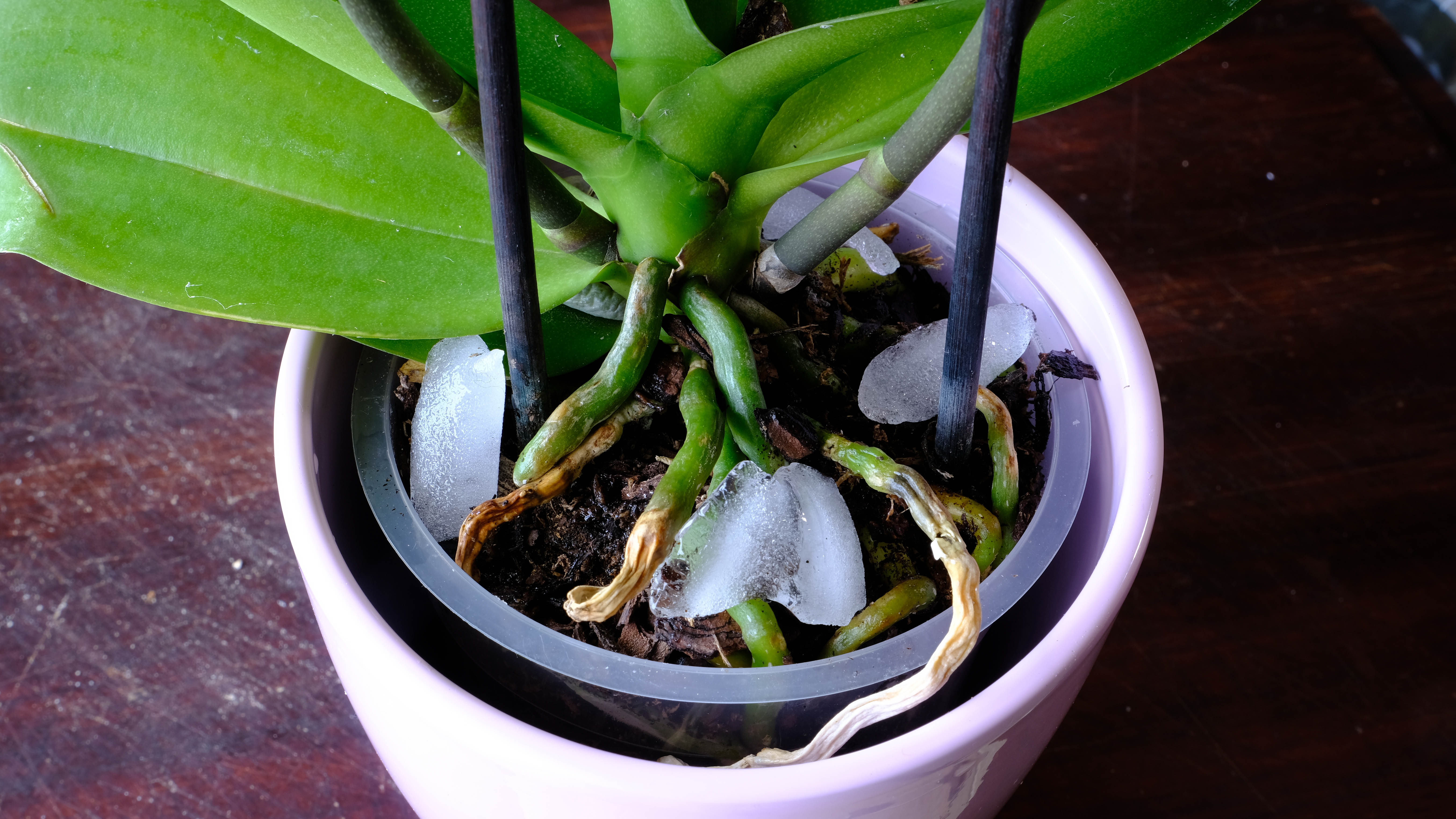
2. Continue watering — While your orchid is now resting, you should still give it just as much care and attention as before. However, above all, you must avoid overwatering it, which is easily done with orchids. Any excess water applied to the roots should be drained from the pot immediately to prevent rot. Applying water using a couple of ice cubes is an easy method to avoid overwatering. Water orchids once a week for general guidance — if you’re ever unsure, you can always feel the top inch of the soil mix with your finger to see if it’s dry.
Alternatively, if you have time to spare, another method is to soak your orchids for an hour in lukewarm water. The water level should reach the top of the pots, but not spill over them. Be sure to wedge your orchids in place so they don’t tip over in the water if you use this method. You can also add some fertilizer to the water to increase its effect. You should do this once every week in the summer and every two weeks in the winter for best results. Leave the orchids out to drain fully once time is up before returning them to their positions.
Sign up to get the BEST of Tom's Guide direct to your inbox.
Get instant access to breaking news, the hottest reviews, great deals and helpful tips.
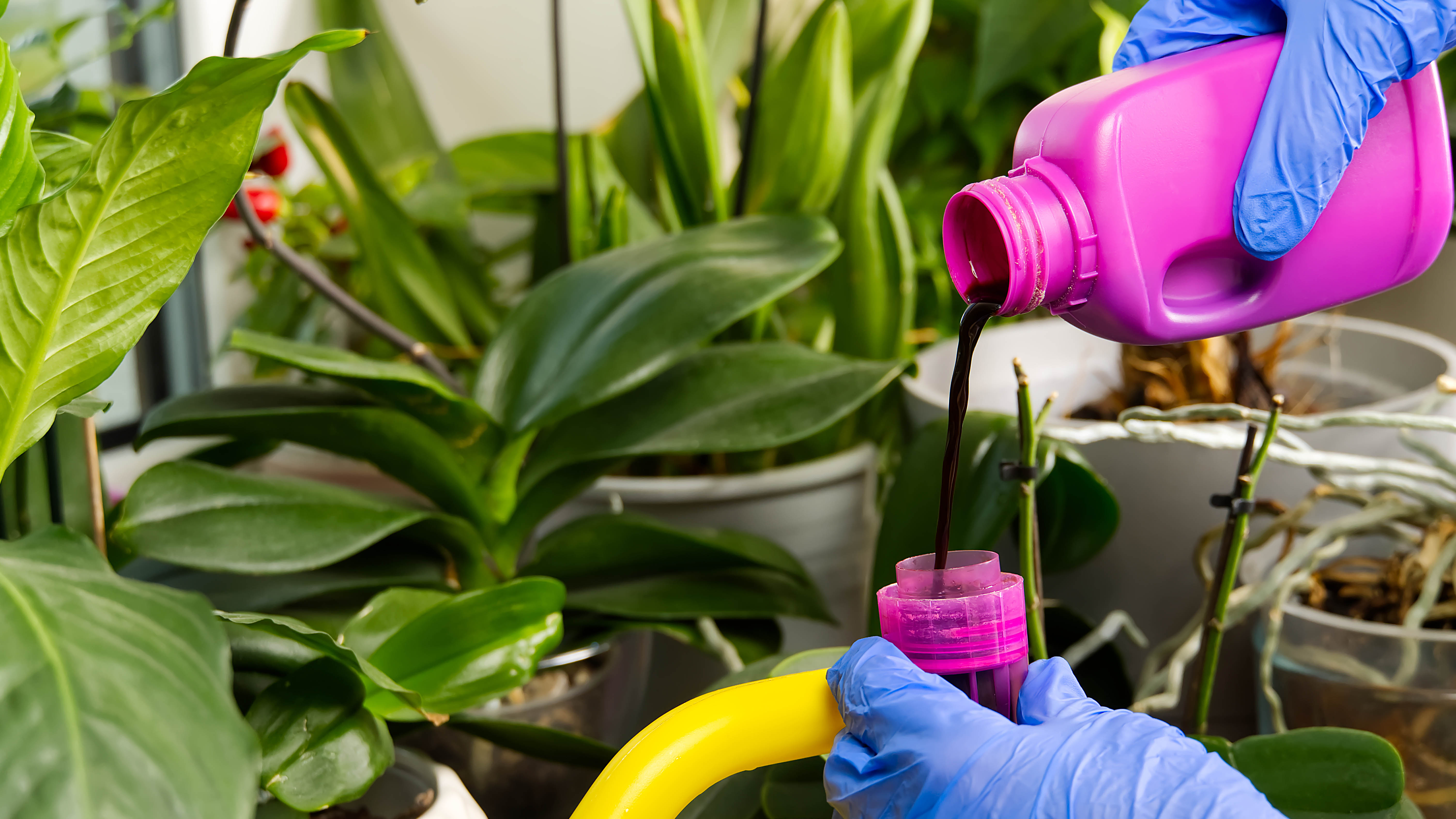
3. Fertilize when necessary — Once the flowers have fallen, you’ll want to give your orchid an initial resting period from its fertilizer. Orchid Bliss recommends reapplying fertilizer once you notice fresh growth (i.e. new leaves or roots).
Don’t go overboard with this though, or you could do more harm than good. Follow the instructions on your fertilizer for dosage — if none are given, fertilize once a month using a diluted solution at 25 percent strength. Avoid watering your orchids on the weeks you fertilize them as well. As a fertilizer, we recommend Miracle-Gro Water Soluble Orchid Food ($4.99, Amazon).
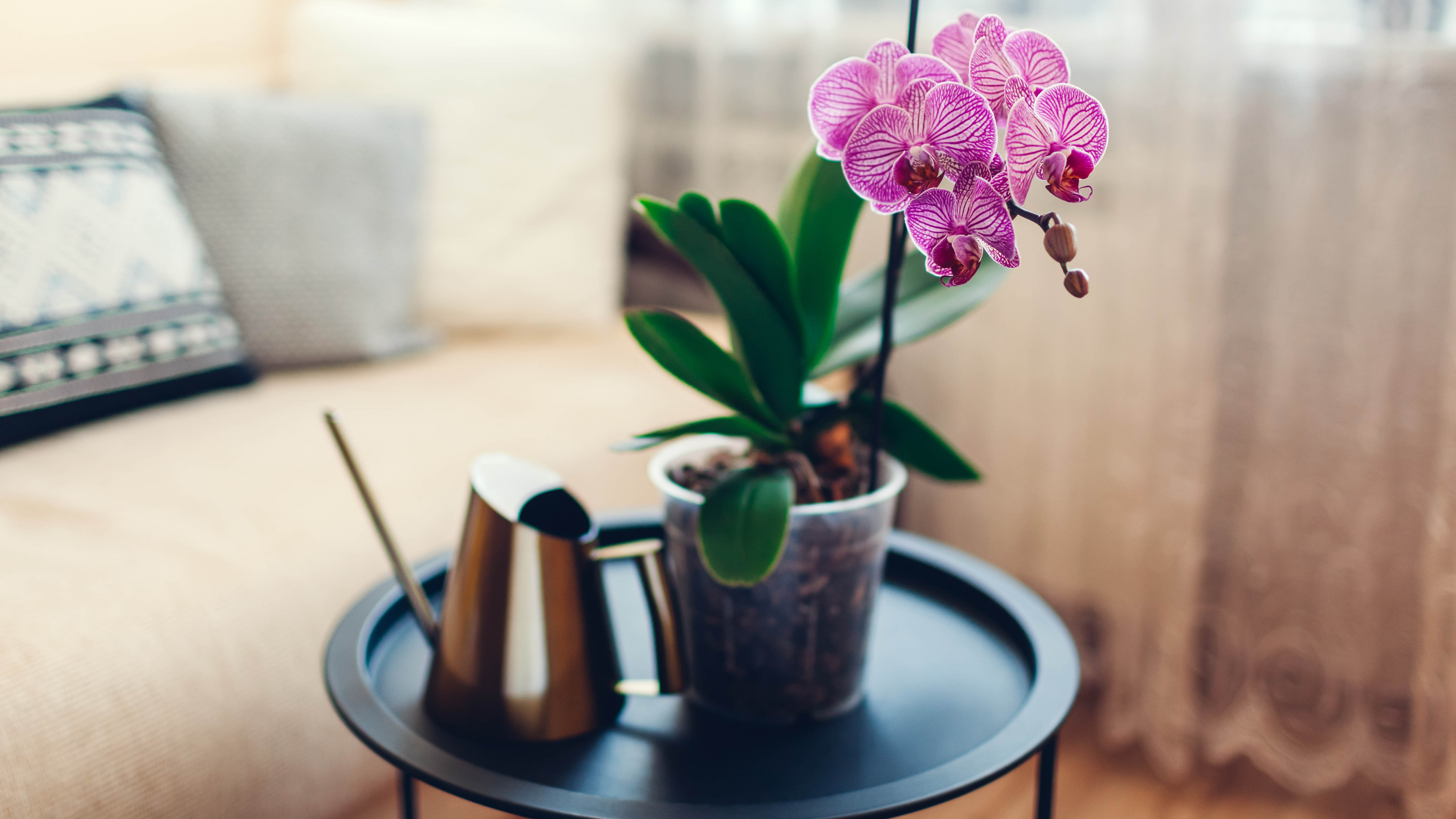
4. Find the best spot — This is one of the most important steps in encouraging new blooms. The problem is, the ideal environment is no easy thing to find. Not only will your orchid require a specific temperature, but a sufficient amount of natural light as well. Orchids do best in temperatures of about 75 degrees Fahrenheit, and thrive in bright, yet indirect sunlight. Do not place your orchid in direct sunlight or else it will burn — if it must sit in the sun, only subject it to morning sun, which is weaker compared to the peak hours of the day. If you think your orchid’s current spot is insufficient, feel free to try alternative positions.
If you want to encourage fresh stems, you should also move your orchid to a cooler spot during the night. Aim for an environment which reaches 55-65 degrees Fahrenheit for guidance, but remember to return your orchid to its usual spot in the morning. This intense change in temperature recreates the natural environment for your orchid, encouraging growth and fresh blooms.
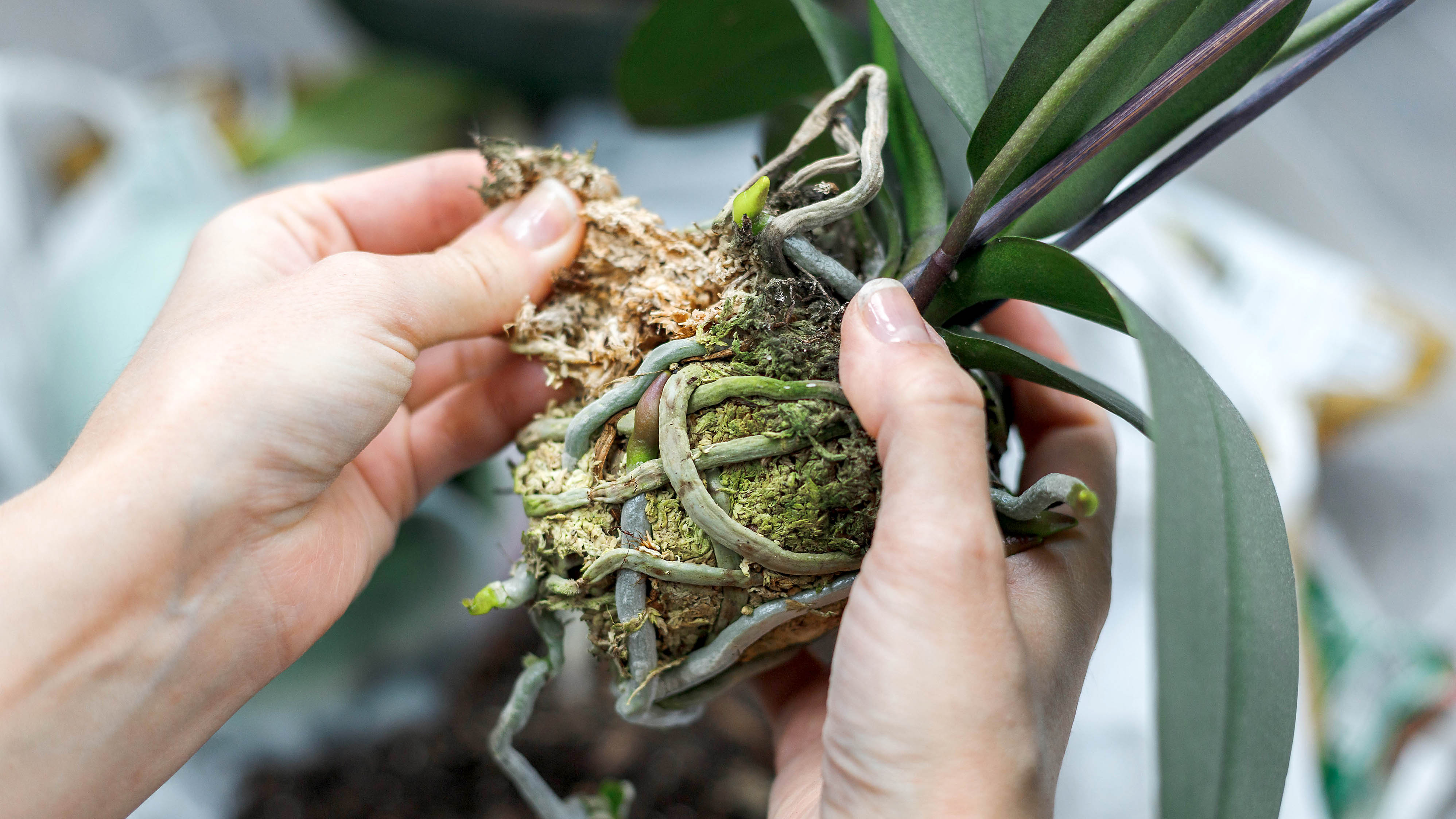
5. Repot when needed — If your orchid has stopped flowering and refuses to budge despite trying all of the above, it may need repotting for a fresh take. Move it to a suitably sized transparent plastic pot; it’s best to use this kind of pot so the roots are exposed to the light as they would be in the natural habitat.
Do not use regular soil — orchids will not survive due to the reduced airflow. We recommend a dedicated orchid mix, such as Miracle-Gro Orchid Potting Mix ($5.79, Amazon). Wait for a week before watering for the first time.
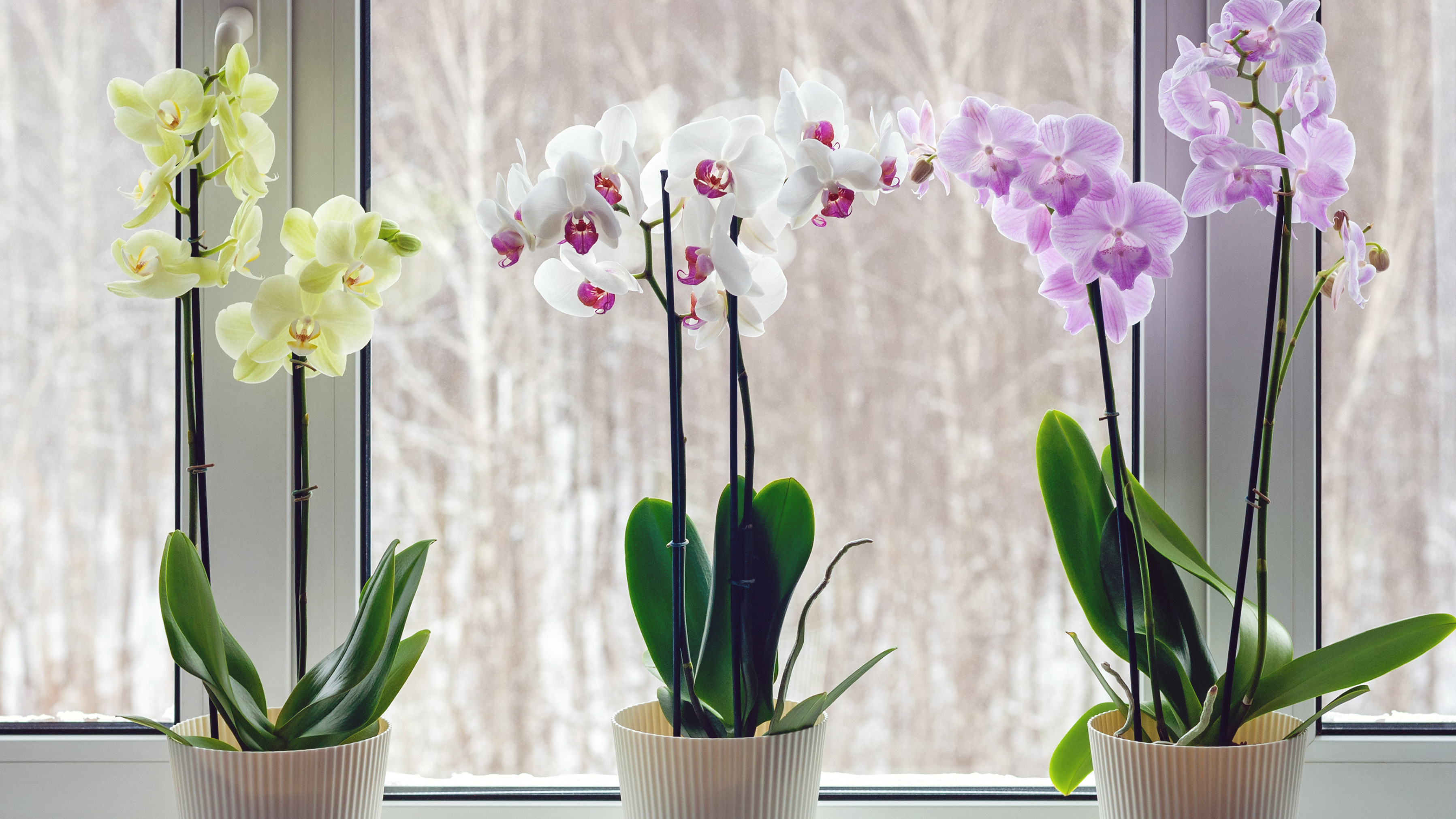
6. Have patience — Even if you follow all of the above directions, orchids sometimes just take time to bloom. Depending on the type, orchids can bloom as often as every 3 months, or only once a year if the conditions aren’t spot on. In either case, the display is so stunning, it’s certainly worth the wait.
Keep adjusting the conditions if you don’t think things are quite right — once you work out what your orchid wants, flowers will be blooming again in no time.
For more planting tips, tricks and how tos, check out how to care for air plants and how to care for succulents. Be sure to also check out how to repot succulents, how to prune roses and how to prune tomato plants.

Katie Mortram used to be a Homes Editor for Tom's Guide, where she oversaw everything from kitchen appliances to gardening tools, as well as smart home tech. Specializing in providing expert advice for cleaning and home manintenance, she now works as Household Advice Editor for Good Housekeeping.
